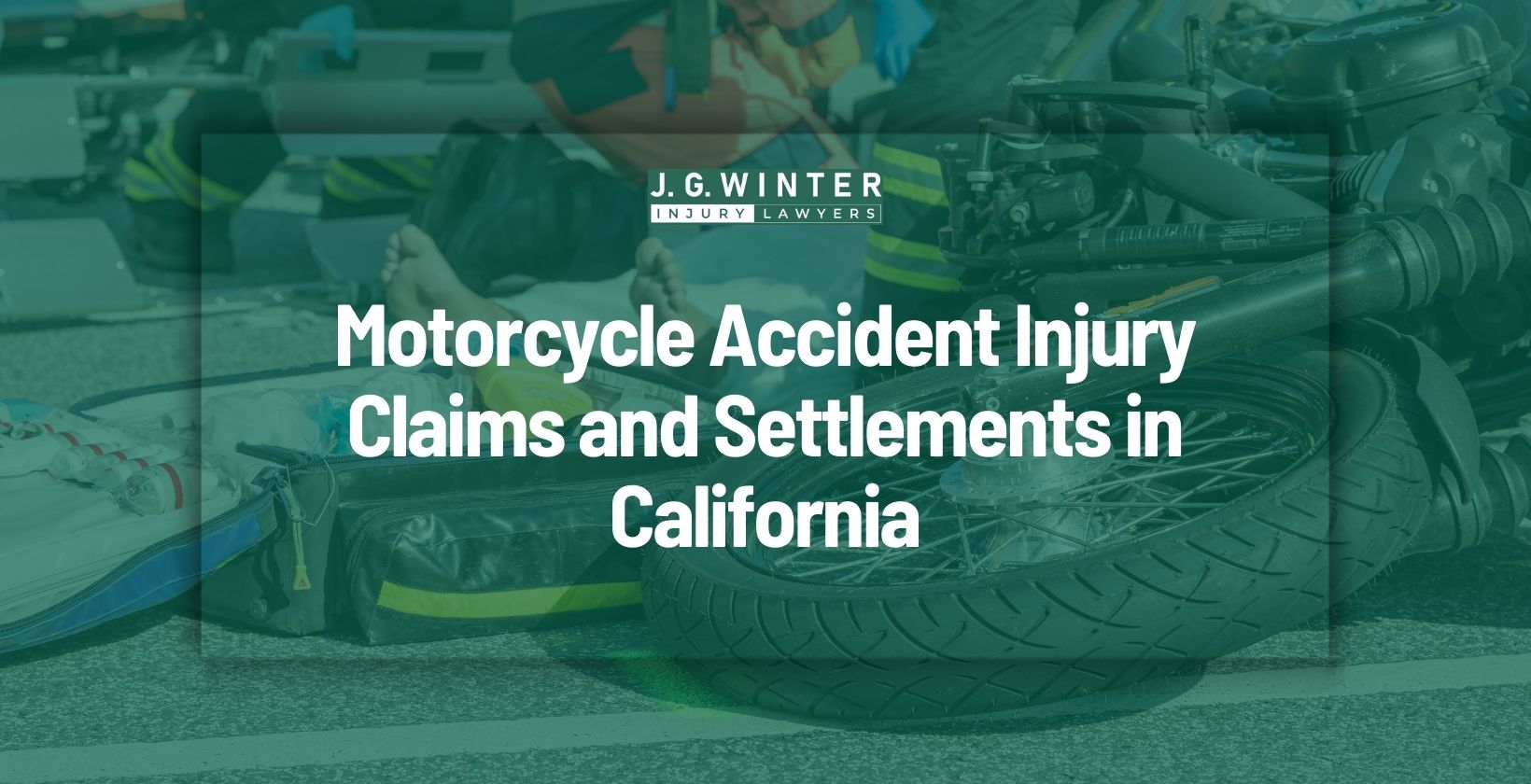Experiencing a car accident can result in tragic outcomes, such as permanent injuries and huge financial losses. So, why not take every precaution to prevent car accidents from happening in the first place? While some of these causes may appear evident and repetitive to seasoned drivers, we aim to inform every individual at every level of driving experience about the importance of preventing car accidents. In this blog, you will learn about the common causes of a car accident and how to avoid it.
How Common are Car Accidents in Sacramento, CA?
Car accidents in Sacramento are common, and many accidents occur yearly. Car crashes are rising in California due to its extensive road networks and high vehicle density. Between 2020 and 2021, traffic fatalities increased from 3,980 to 4,285. Thus, it is crucial to understand the causes behind car accidents in Sacramento, CA.
Car Accidents and Its Causes
Every year in California, people suffer from severe injuries or lose loved ones due to automobile accidents. Various state and federal agencies research accident data to identify driver’s primary risks on the road in Sacramento, CA. According to various data, surveys, and studies, some common car accident causes in the state include:
Distracted Driving
Distracted driving is any action that shifts your focus from operating a vehicle. Such inattentive driving includes using cell phones, eating and drinking, conversing with a passenger, or anything that diverts your attention from driving. Engaging in a non-driving activity while driving can be a potential distraction and increase the risk of an accident.
Understanding safe driving practices requires your undivided attention.
Over Speeding
Speeding has been a significant cause of accidents in around 33% of all motor vehicle fatalities for over 20 years. Speeding is a problem that requires collective efforts to address.
Overspeeding goes beyond a mere law violation. Exceeding the speed limit jeopardizes the life of the person speeding and risks everyone sharing the road, including pedestrians, government properties, and law enforcement officers.
When you exceed the speed limit, you risk losing control of a vehicle, resulting in an accident. Such crashes can result in more severe injuries with economic implications.
Driving Under the Influence (DUI)
Driving while impaired is not only possible but also illegal and dangerous. Thus, DUI of substances like alcohol, marijuana, opioids, methamphetamines, and other potentially impairing substances is prohibited in the United States. DUI, whether due to legal or illicit substances, poses risks to your life and the lives of others.
Impairment adversely affects the critical functioning of the brain and muscle coordination, all of which are crucial for the safe operation of a vehicle. Despite the apparent dangers, impaired driving remains a prime issue in the United States.
Driving impaired can lead to arrest or, worse, involvement in a traffic accident, resulting in severe injuries or fatalities.
Read about the Field Sobriety Test and DUI Laws in California.
Drivers Fatigue
Drowsy driving is similar to DUI. Drivers suffer from impaired focus and fail to act on time, which is dangerous while driving. Fatigue significantly affects safety, well-being, and overall quality of life.
Whether it is fatigue from sleep deprivation, late shifts at work, or other reasons, the adverse effects are the same. The consequences include diminished cognitive abilities, reduced performance, and motor vehicle accidents and injuries.
Addressing these challenges becomes complex when your lifestyle choices do not align with avoiding drowsy driving. However, effectively combating the problem of such driving is necessary to reduce collisions on the road.
Road Hazards
Hazardous road conditions frequently contribute to fatal accidents. Dangerous road conditions in California can include wet surfaces, construction zones, missing road signs, potholes, and more.
Poorly maintained roads are another factor leading to road accidents. Bumpy roads raise the risk of tire blowouts and impair a driver’s ability to brake effectively.
If you get hurt due to road hazards, consider the possibility of legal action against the entity responsible for construction or maintenance and the road’s owner. These cases often involve compressed deadlines and complex legal procedures. Hiring an attorney is highly advisable.
Weather Conditions
Adverse weather conditions pose challenges for drivers, impacting visibility and ability to respond to road situations. Usually, such weather conditions include fog, rain, ice, and dust.
When the weather is foggy, it becomes difficult for drivers to switch on low-beam headlights and reduce speed. Additionally, when rain or drizzle begins, road surfaces can become slippery, potentially leading to loss of vehicle control. High winds, sun glare, and elevated temperatures also affect driving capabilities and your vehicle’s performance when weather conditions shift.
In such a difficult situation, pulling the vehicle off the road and waiting for improved conditions is advisable.
Vehicle Defect
When a car has a faulty part, it can lead to a malfunction, resulting in an accident. Such defects may include brake failures and aging tires. The manufacturer and other parties involved may face legal consequences in these situations.
So, looking up the vehicle’s condition before purchasing and regular maintenance is vital for vehicle safety. You can regularly check and maintain tires, brakes, fluids, wipers, filters, belts, and hoses to reduce the risk of accidents due to equipment failures. Learn more about the preventive measures in this blog.
Safe Driving and Car Crash Mitigation
One crucial aspect of safe driving is maintaining a secure following distance from the vehicle in front of you. If you find yourself tailgated by another driver, it is essential to exercise caution and navigate the situation wisely. And you must understand the dynamics of stopping distances. Furthermore, you should follow state and federal traffic regulations for safe driving and avoid getting into a car crash. It includes obeying speed limits, being cautious of blind spots, and avoiding driving while fatigued. Additionally, use of seat belts can save your life even in an accident. After adopting such techniques, rules, and regulations, you can significantly enhance your driving capacity and minimize the risk of accidents on the road.
What to Do After a Car Accident in Sacramento?
After a car accident, it’s essential to remain calm and composed. Understand your vehicle’s capabilities to navigate the situation without reacting aggressively or recklessly to minimize the risk of further accidents.
Nonetheless, here are some steps to consider after an accident:
- Even if your accident seems minor, reporting it to the relevant authority is crucial. In case of emergency assistance, call 911.
- Exchange necessary details with the parties involved, such as personal details, insurance information, and license plate numbers.
- Gather evidence by documenting the scene with photographs and videos. If there are any witnesses, record their statements. Evidence plays a vital role in making your case strong.
- Regardless of your accident, the first step in your recovery involves filing an auto accident claim against the party responsible for your damages.
Sacramento car accident lawyer at the Law Offices of J.G Winter can assist you in your recovery efforts following an accident caused by a negligent party in California. Contact us at J.G Winter Law now!
FAQs on Car Accident
What are the common injuries you may sustain from a car accident?
Car accidents in Sacramento often result in injuries ranging from minor to severe. The most common car accident injuries you may sustain include whiplash or neck injury, traumatic Brain Injuries (TBI), fractures, and many more.
What is the statute of limitation for filing a car accident case?
The statute of limitations is a legal rule that sets a timeframe for filing a lawsuit. In California, following a car accident, you have two years from the accident date to initiate a personal injury claim. The deadline is three years if the accident only results in property damage.
How is fault determined against the driver in California?
California is a no-fault state, and pure comparative negligence rules apply. You can prove fault against the driver by presenting the required evidence gathered from an accident scene. Once you prove the liability, you can recover compensation for the damages incurred.
What compensation is available for a car accident?
Compensation for a car accident includes economic and noneconomic damages, such as recovery for financial losses, including medical bills, lost income, property damages, etc. Also, you’re entitled to recover for pain and suffering, emotional distress, and other psychological sufferings.
How can a car accident lawyer help you get compensation for your damages?
A car accident lawyer can help you get compensation by assessing the value of your claim and negotiating with insurance companies to obtain the maximum compensation possible.
What if I’m partially at fault in car crashes?
If you’re partially at fault in a car crash, you share fault in an accident. That means while calculating your losses, your fault percentage will reduce the compensation you are entitled to.


